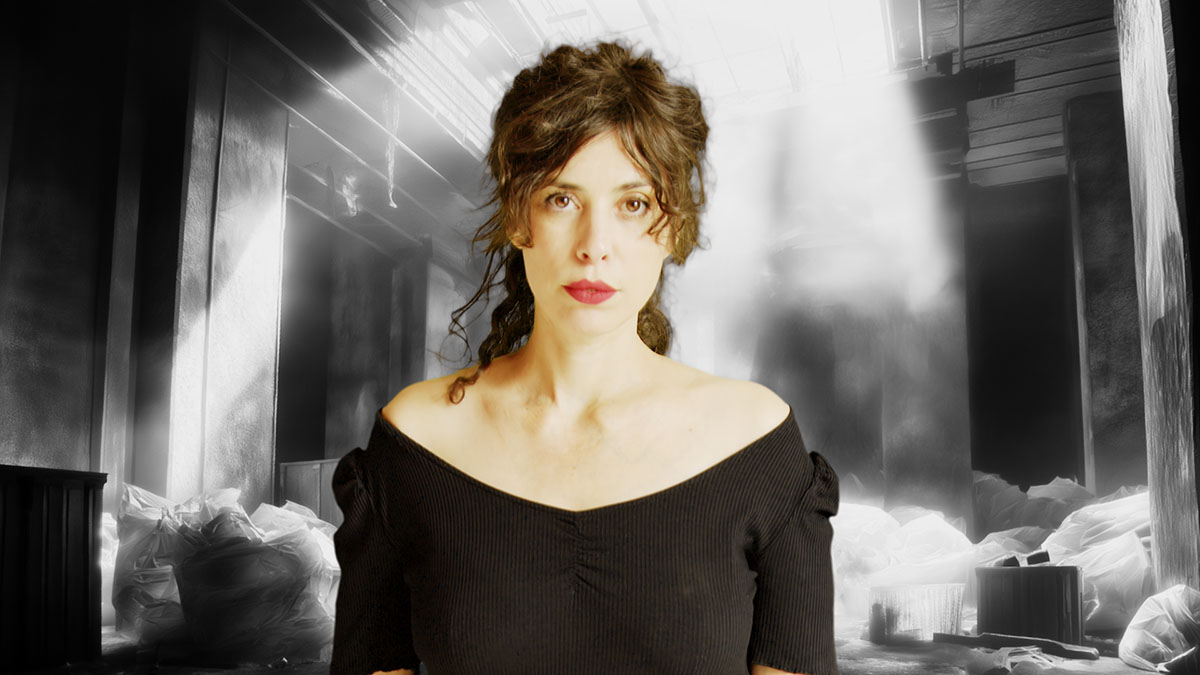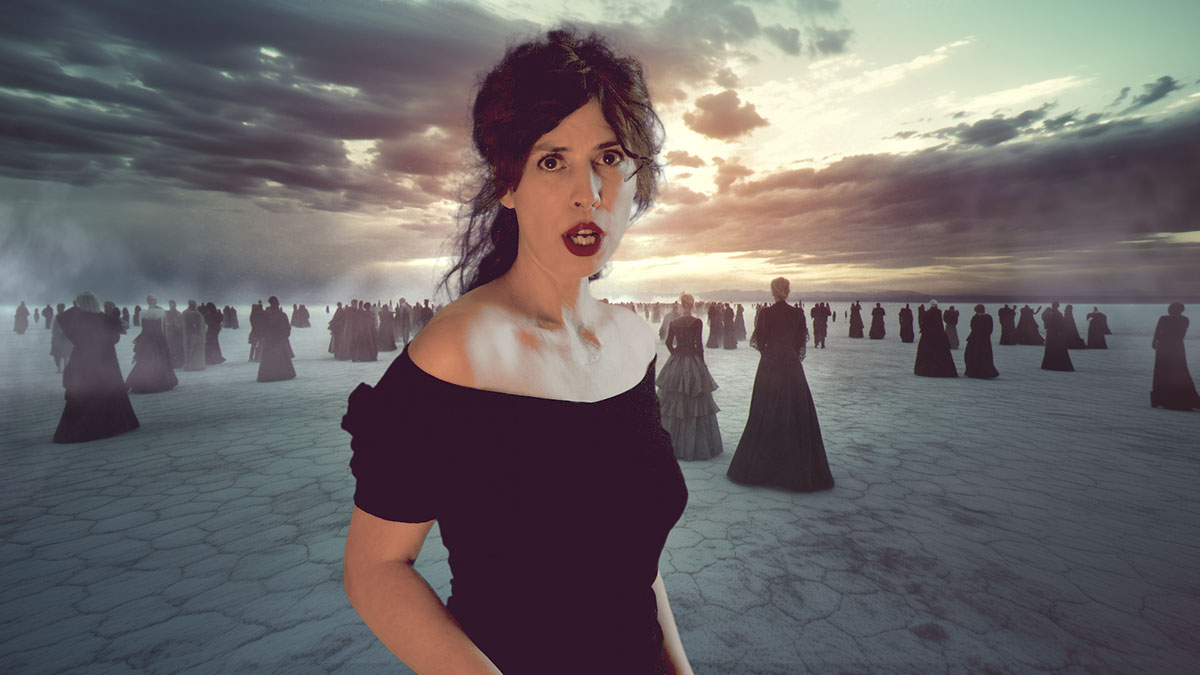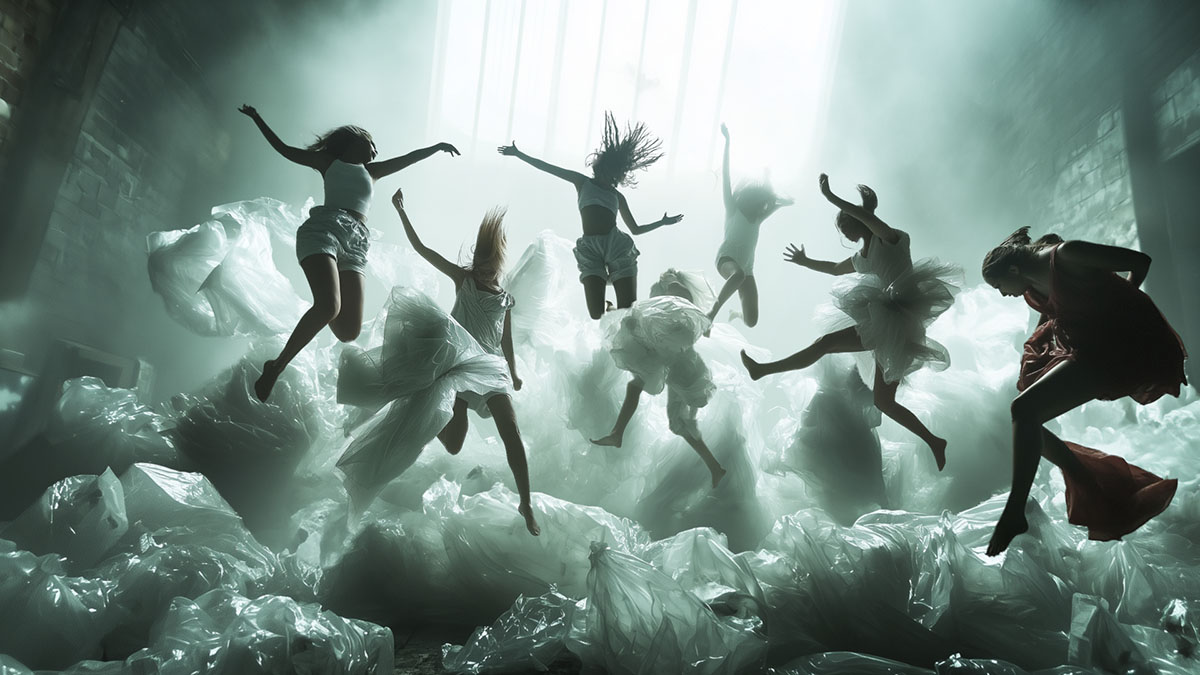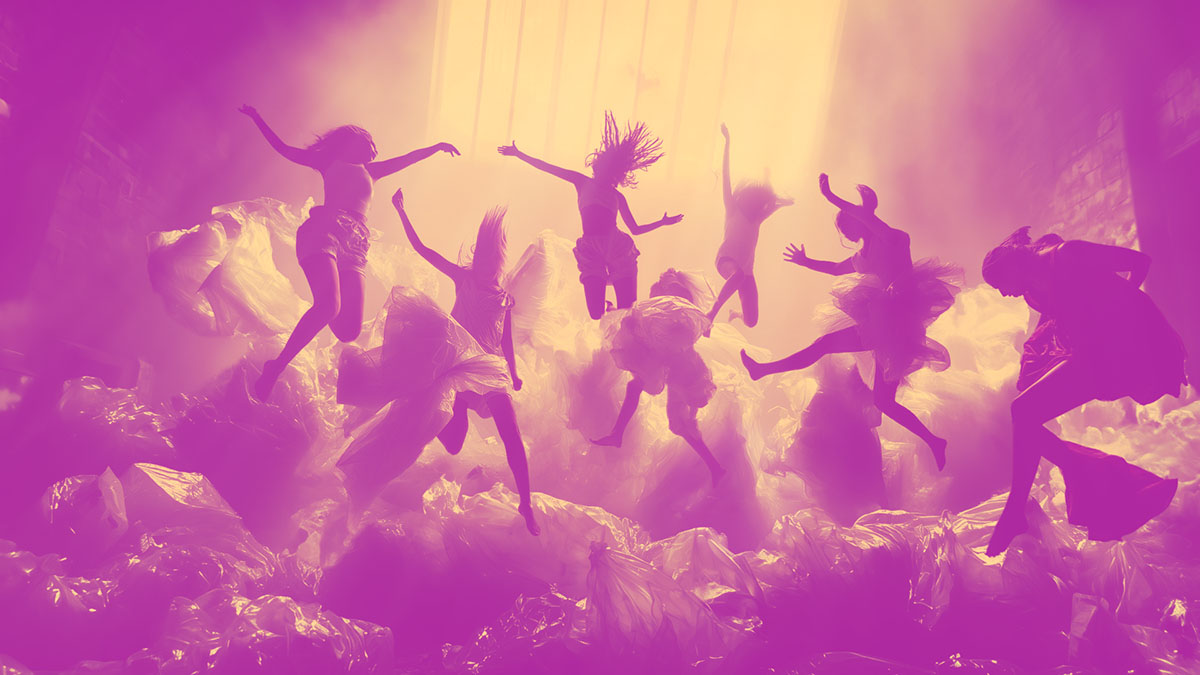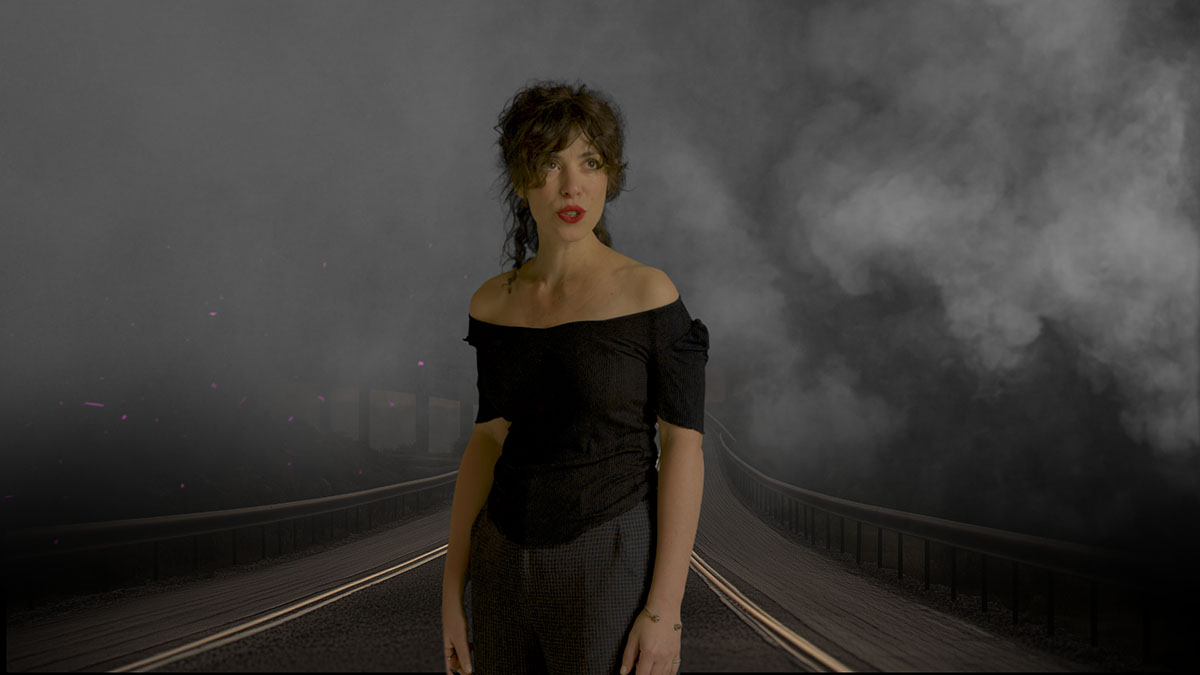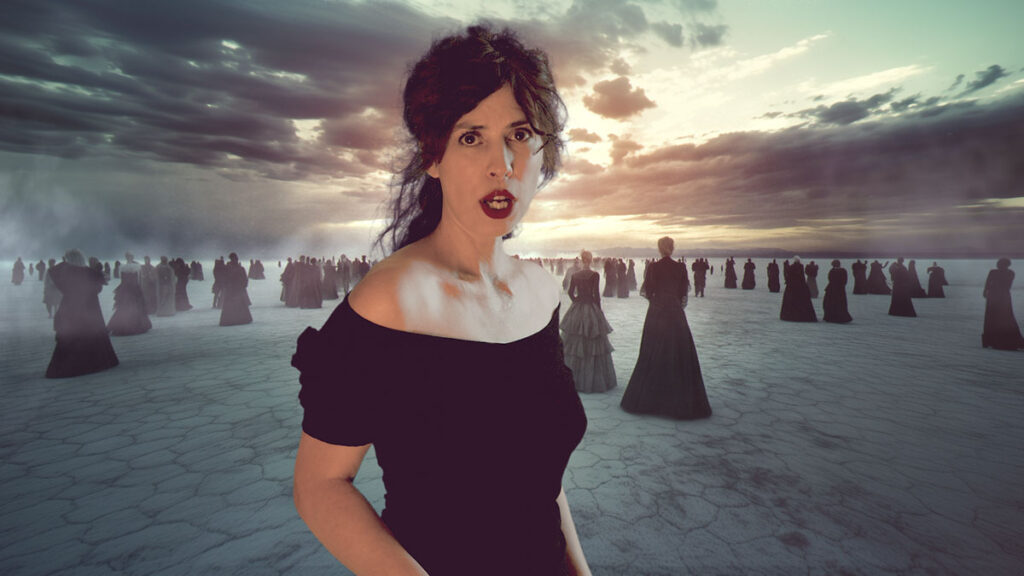
Prunelle – A Music Video By Mirabelle Gilis
By Lou Wallace
Mirabelle Gilis (https://mirabellegilis.com/), a gifted violinist and composer, is embarking on a new musical journey after years of influential collaborations. Known for her work with prominent artists such as Christophe Miossec—co-composing albums like *Mammifères* and *Rescapés*—she was also a cornerstone of *Les Amirales*, a Breton pop-rock trio, performing nearly 200 concerts over seven years, supported by La Carène in Brest.
Mirabelle also played an integral role in the projects of British artist John Greaves, where her evocative violin and captivating arrangements enriched avant-garde compositions blending poetry and progressive music.
Now, Mirabelle steps forward with her own group, exploring deeply personal soundscapes. Having already excelled in a variety of styles—from indie pop to traditional and electronic music—she appears ready to assert her musical identity with both boldness and sensitivity. And with that she has just released a new music video, one with hauntingly beautiful vocals accompanied by equally beautiful visuals. And the song has an important message within.
Behind The Visual FX Production Of the Music Video
Yannig Willmann is the visual artist for this music video. His longtime work, linked to photographic representation, continues to explore and question the self-representation of art, of its historical relevance where the documentation of the work and the work merge on the same support. Resulting from a process of perpetual research, his works explore a dialogue around photographic representation, diversion of materials, the intertwining of references to painting, fashion, sculpture.
Sculpture
https://yannigwillmann.com/
Post-Production (This website showcases Yannigs’ skills in visual effects (VFX) and color grading (étalonnage) for film and video projects.)
https://vfx-etalonnage.persona.co/
Demo Reel
https://vfx-etalonnage.persona.co/Vfx
The Music Video
Yannig Willmann
The challenge of this music video, as is often the case with emerging artists, is working with a limited budget without falling short of expectations—capturing a dreamlike visual quality without resorting to overly simplistic or clichéd interpretations. The video is also an opportunity for visual experimentation, as it must establish a distinctive visual identity.
We sought to explore the potential of AI-generated imagery, which is transforming our approach to VFX. Combining tools like Midjourney, Hugging Face, and Photoshop, we leveraged their flexibility and seamlessly integrated them using Scratch, which offers strong compositing and color grading tools. Scratch is robust, simple, and stable, enabling real-time workflows.
Furthermore, Nuke was easily incorporated into the pipeline, allowing for swift back-and-forths between the two software programs for tasks where Scratch was less capable, albeit at the cost of real-time performance.
For the video accompanying the single “La prunelle de ses yeux” from her new EP *Rivière*, we opted for dreamlike, theatrical staging. While the song’s style is poetic, the lyrics address themes of domestic violence and a woman choosing a new destiny. The set design and staging were consciously operatic, embracing metaphor and symbolism.
The goal was also to rebrand Mirabelle Gilis, giving her a new image that sets her apart from her previous collaborations.
VFX and Setup
The shoot took place against a simple green screen with an OLED backdrop extended by fabric, offering maximum flexibility in case of reshoots. The camera used was a BMP 6K Pro, combined with Neat Video’s denoiser for clean keying and reframing. The footage was recorded in 6K RAW, denoised, and then downscaled to 3K. We began with visual references and then generated combinations and new forms in Midjourney, yielding hundreds of images. These were then filtered and recombined in Photoshop, where Z-depth maps were created for relighting and depth adjustments. Rotoscoping was done directly in Photoshop, and AI tools were used to reconstruct background areas.
Nuke was employed to transform photos into 2.5D elements, simulating 3D movement in an ultra-slow-motion style. All layers were combined in Scratch, taking advantage of its robust source management and versioning tools. AI quickly generated background variations, allowing us to explore multiple visual directions. For instance, we initially considered setting part of the video in an airport, but we easily discarded that version. Another version placed Mirabelle in a forest fire, which was similarly set aside on a creative whim.
The combination of these tools and the low cost of implementation is impressive and inspiring. It hints at the vast possibilities that AI-generated video will soon offer. Although still too unstable to generate full sequences, the potential is undeniable.
Yannig Willmann lives and works in Paris. He is a Visual artist who works with a wide range of media – including sculpture, video, installation and computer graphics.
Sculpture
https://yannigwillmann.com/
Post-Production (This website showcases Yannigs’ skills in visual effects (VFX) and color grading (étalonnage) for film and video projects.)
https://vfx-etalonnage.persona.co/
Demo Reel
https://vfx-etalonnage.persona.co/Vfx
